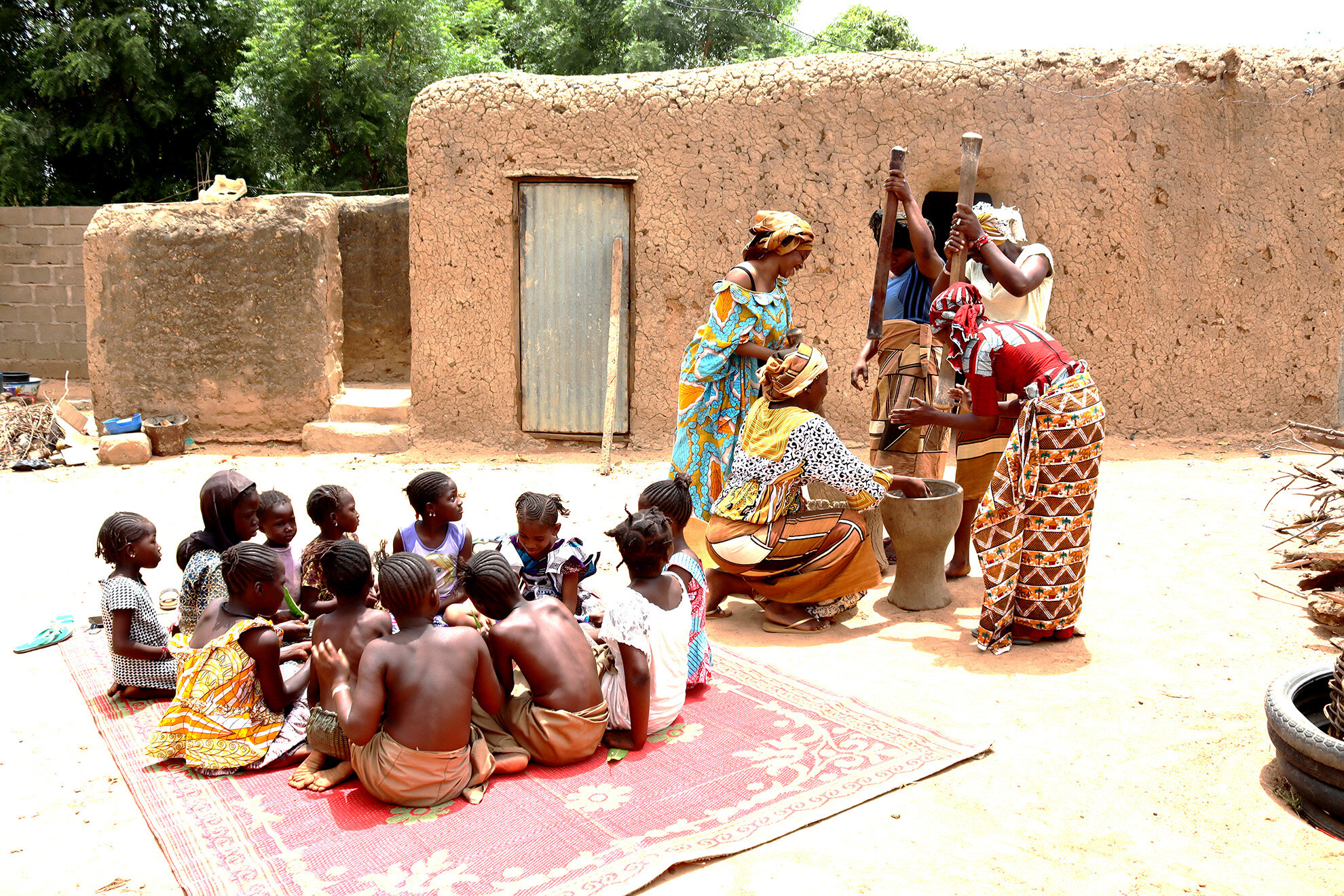
Ségou, Mali
FACTS
Founded: 1730s
Head of Government: Mayor Nouhoum Diarra
Population: 133,000
Area: 37 sq. km. / 14 sq. mi.
Main Industries: pottery, fishing, agriculture
RELATIONSHIP ESTABLISHED
2009 Sister City Agreement (PDF)
ADDITIONAL INTERNET RESOURCES
Council for the Promotion of the Local Economy (CPEL)
http://www.cpelsegou.org/CPEL is a structure for cooperation and promotion of the economic activities of the municipalities of the Ségou region.
Festival Sur le Niger Foundation (FFSN)
https://www.fondationfestivalsurleniger.org/“Our mission is to capitalize and perpetuate the achievements of the Festival on Niger through the promotion of cultural entrepreneurship. Contribute to the promotion of culture and the local economy, to the preservation of heritage and to the structuring of the culture sector, to cultural production and to the decentralization of cultural life by 2025.”
Ségou, Mali
Ségou is a small city in south-central Mali that lies 235 kilometers (146 mi) northeast of Bamako on the right (south) bank of the River Niger. The town is the capital of the Ségou Cercle and the Ségou Region. With 130,690 inhabitants in 2009, it remains the fifth-largest city in Mali, though commonly referred to as Mali's "second city."
The Ségou Region's population was about 2.6 million in 2009 with a rural population that is nomadic, semi-sedentary or sedentary. The region is home to many ethnic groups including Bambara, Bozo, Fulani, Soninke, Malinke, and Toucouleur. Primary languages spoken are Bambara, French and Arabic.*
Today, Ségou is known for its pottery, its market, its fishing industry, and its cultural arts. The city launched the Festival Sur le Niger in 2005, the same year that Richmond began its Folk Festival. Attractions in the old town of Ségou-Koro included a mosque, the tomb of Biton Coulibaly, founder of the Segou Empire, and an ancient tree. In the city center, the main landmark is the water tower.
The most important economic activities are fishing, cattle herding, and small-scale farming. The main crop is rice pearl millet but sorghum (Sorghum bicolor) and black-eyed peas are also grown. The yields are generally low. There are two factories processing cotton: Compagnie Malienne des Textiles (COMATEX) and Compagnie Malienne pour le Développement du Textile (CMDT). Commerce consists mostly of the small-scale exchange and sale of products from the primary sector, sold weekly at the large Sudano-Sahelian market, drawing customers from far outside of the city. The main products sold are vegetables, fruit, pottery, cotton, leather, ovens, cattle, and cereals.
The Office du Niger, headquartered in city center, is a semi-autonomous government agency that administers a large irrigation scheme in the Ségou Region to the north of the Niger River. The Université de Ségou is a relatively new institution of higher learning; established in 2010 UniSeg offers degrees in business and agriculture.
*The official language of Mali is Bambara (Bamanan) but nationally the following languages are also prevalent: Bomu, Bozo, Dogon, Fulfulde, Hassaniya Arabic, Mamara, Maninkakan, Soninke, Songhay, Syenara, Tamasheq, Xaasongaxango. Trade or bridge languages include Bambara, French (colonial era), Fula (esp. in Mopti region), Songhai. Arabic is spoken by those who practice Islam or live in Muslim dominant communinties. English language usage is growing in governmental and educational settings. Many Malian families are multi-lingual.












